Like most ancient symbols such as the ones i use in my Hamsa hand artworks such as the Eye symbol and the Fish symbol its origins can be traced back through history and can be found in many cultures and religions. From ancient to modern times, the long tradition and popularity of the dove symbol has helped it develop many layers of meaning as well as interpretations which can be seen in art, iconography, and religious texts. Pablo Picasso the great Spanish painter is one example of how the dove became an icon of peace through the use in art, and it became a modern symbol of peace when his 'dove' was chosen as the emblem for the World Peace Congress in 1949. In religious texts, it is hard not to think of the biblical story of Noah and the great flood. It is possibly worthy to mention that the word dove is usually used in the aesthetic contexts of religion, literature and art, whereas the word pigeon is often used in contexts of sport, different breeds and culinary use. ORIGINS OF THE DOVE SYMBOL The birds relationship with humans has been revealed since ancient times through accounts of its ability to adapt to domestic life and to be tamed. In Sumerian Mesopotamia (modern day southern Iraq) an archeological find revealed pigeon images next to the Mother Goddess which was worshipped at the time, which dates back to the Bronze Age (2400-1500 BC). This mother-goddess also known as Ishtar, was portrayed holding a pigeon. The worship of the mother-goddess spread to Crete and Cyprus, where she was portrayed with doves on her head. THE DOVE IN THE CLASSICAL WORLD The association with doves from the mother goddess Ishtar was continued in Greek classical antiquity where the doves were associated with Aphrodite (Venus), the goddess of love and sexuality. The ancient Greek word for dove 'peristerá' possibly comes from a Semitic phrase 'peraḥ Ištar' which means "bird of Ishtar". In Greek mythology, doves or sparrows were said to fly Aphrodite's chariot and in exchange for blessings and favours in matters of love, pigeon offerings to the goddess were made. In the temple or shrine of Aphrodite in Daphni 10 miles northwest of Athens, small offerings of white doves made of marble have been found. An attic inscription dating back to 283-282 BC during the Hellenistic period, was also found referring to an official offerings of pigeons or doves in order to purify the sanctuary of Aphrodite. Another greek goddess known as Demeter (Ceres), was also sometimes associated with the dove symbol. Demeter was thought to be the goddess of the harvest, fertility of the earth, and to be another version of the Mother Goddess. The goddess Eirene, goddess of peace and harmony was also shown representing a dove and an olive branch - the olive branch itself a symbol of peace. Pax, the Roman version of the goddess of peace, was also frequently depicted holding an olive branch. THE DOVE SYMBOL IN THE BIBLE In biblical theology, the concept known as the law of first mention is used to teach that when a number, a person or an animal is first mentioned in the Scripture, it often sets the theme of that particular mentioned item throughout the Scripture. Overall the dove appears many times throughout the Bible, however the dove was first mentioned in Genesis 8:11 in the biblical story of Noah's Ark after the great flood. The story of the dove (Hebrew: yonah / יּוֹנָה ) and the olive branch (Hebrew: alei-zait / עֲלֵה-זַיִת) appears:
THE DOVE IN JUDAISM In judaism the dove (yonah) is a symbol of the Holy spirit referring to the spirit of God which hovered like a bird over creation, divine love, of deliverance and forgiveness. It also symbolizes the Jewish people, longing for peace and rest, as well as love. Some biblical scholars have noted that the Babylonian Talmud resembles the Spirit of God that hovers over the waters at creation as a dove.
In the beautiful and erotic Song of Solomon, the dove symbol is also frequently used as a term of endearment:
The Talmud gives another explanation of the metaphor of the dove and its connection to the Jewish people:
THE DOVE SYMBOL IN CHRISTIANITY In Christianity the dove symbolizes the Holy Spirit. As in the ancient world were the dove represented the divine, during the time of the New Testament doves were already quite associated with God and his Spirit and early Christians took on the imagery and increasingly depicted the Holy Spirit as the dove. In the New Testament, the Holy Spirit is for example specifically mentioned as arriving in the form of a dove during Jesus’ baptism.
It is a symbolic structure located in the Indian city of Chandigarh. The open hand also resembles the shape of a dove and the structure symbolizes "the hand to give and the hand to take; peace and prosperity, and the unity of mankind". The Hamsa hand or hand symbol and the dove symbol are thought to be universal symbols of protection and peace, and much more can be explored in the various existing literature for further reading.
1 Comment
|
MAY-BELL
|
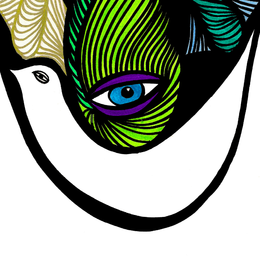
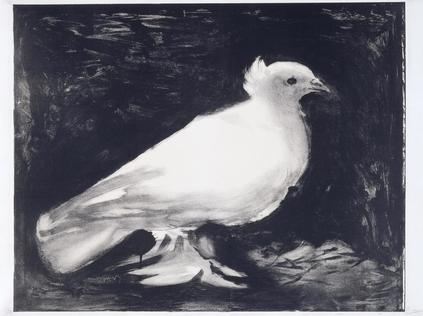
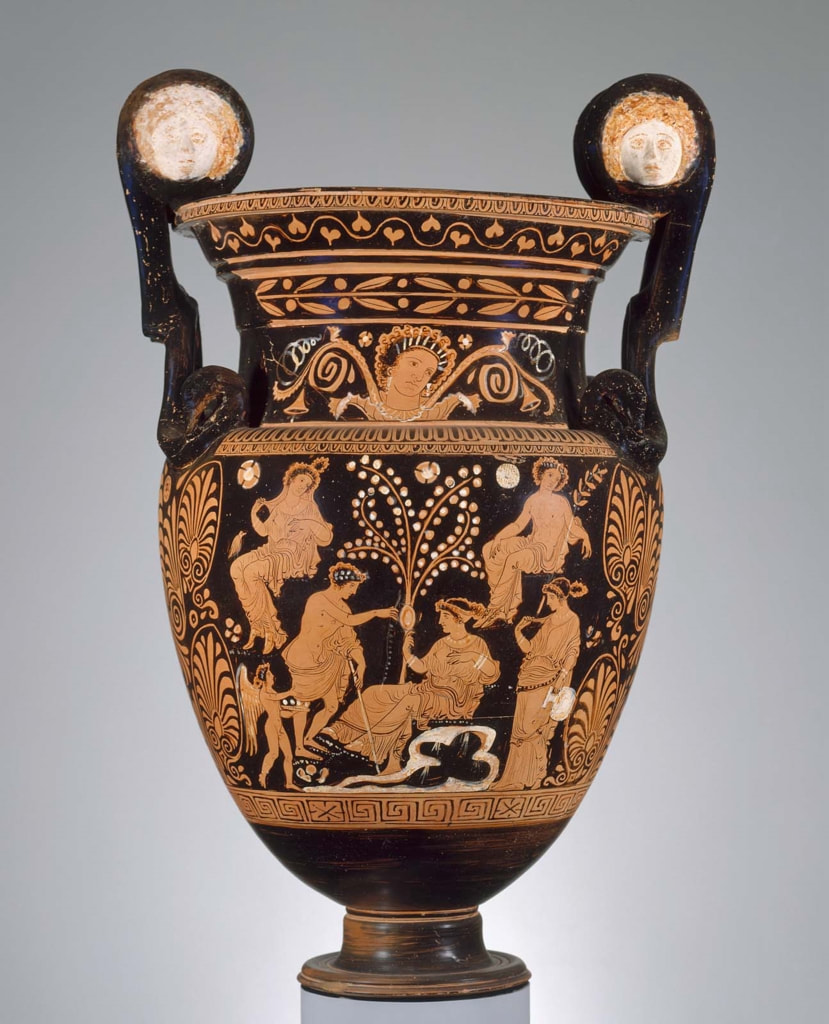
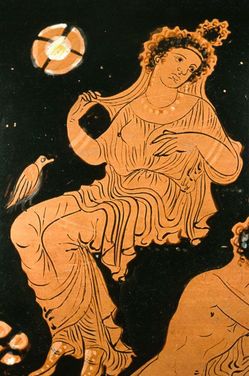
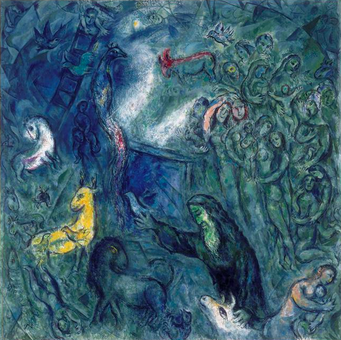
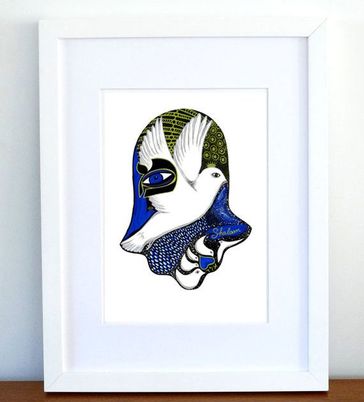
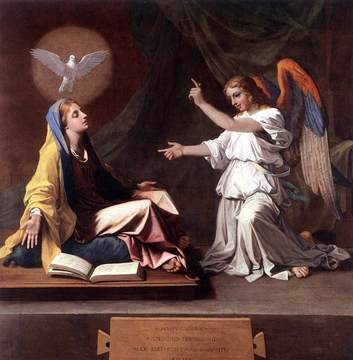
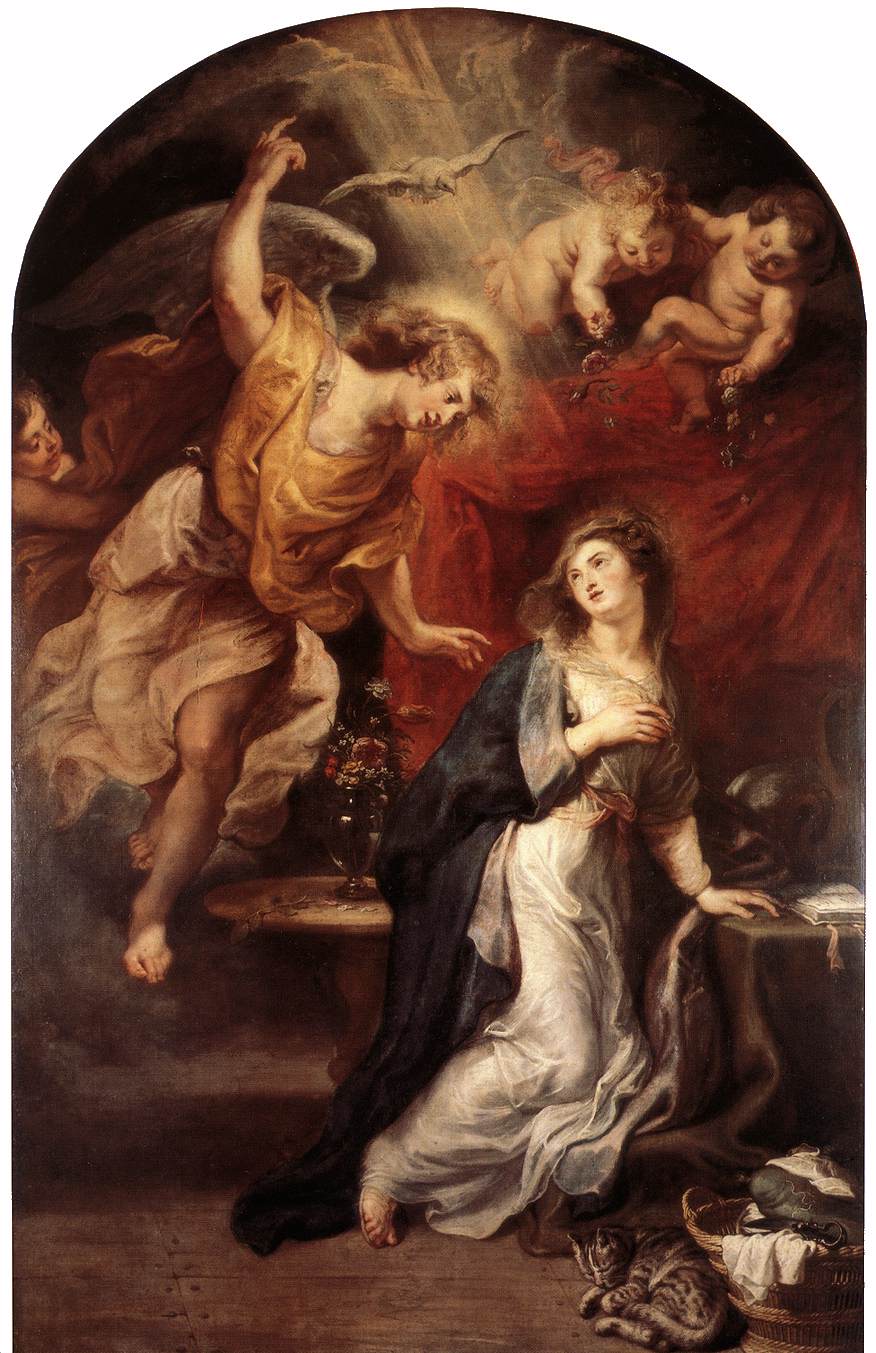
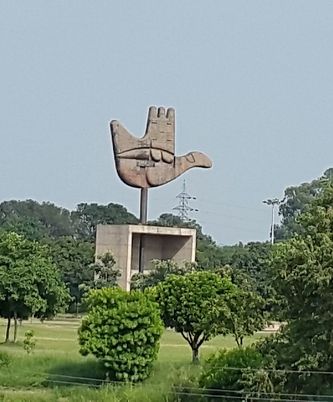
 RSS Feed
RSS Feed
